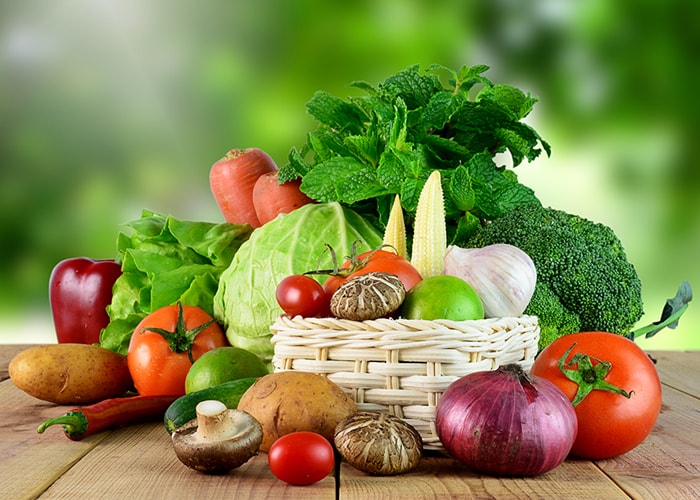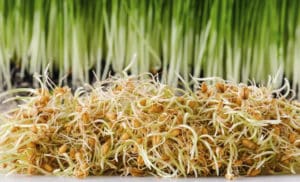AGRICULTURAL PERLITE
USE OF PERLITE IN SOIL AGRICULTURE
In Soil Agriculture applications, Perlite is used as a soil conditioner or as a water loss reducer according to the needs of the soil. In a good soil conditioner; Conditions of high useful water capacity, high base change and high heat capacity, low salt content and heat permeability are sought. These are all properties found in perlite.
– When perlite is mixed with heavy and sticky soils, it prevents the formation of a cream layer, cracking, ponding, swelling and shrinkage due to its drainage and aeration properties.
– Perlite used in GREENHOUSES as a soil conditioner not only gives the soil a rough structure, but also increases the water holding power of the soil and the availability of nutrients.


USE OF PERLITE IN SOILLESS AGRICULTURE
Soilless farming practices have been started in recent years in order to eliminate the problems encountered in greenhouse soils that are getting tired. In many foreign countries, soilless agricultural practices are seen at a rate of up to 95%. In these applications, perlite can be used alone or mixed with other mortars such as peat, sand, wood, bark. - In Soilless Agriculture, Perlite or Perlite mortar is spread on a black plastic cover laid on the greenhouse soil in 10-15 cm thickness and the seedlings periodically is placed on the layer. The water and nutrient requirements of the planted plants are met by irrigation with nutrient solutions. Another application is to grow the plants in 5-10 liter bags filled with perlite or another perlite mixture. This cultivation method is very easy. Because production consists of placing these bags on black plastic covers spread over the soil at regular intervals and meeting the water and nutrient requirements of the plants with nutrient solutions.
We can list the advantages of Soilless Agriculture as follows:
The dosage of nutrients and water can be adjusted better.
Crop rotation, which is important in soil agriculture, becomes unimportant.
Problems arising from soil-borne diseases and pests and weeds can be greatly reduced.
Since leakage and evaporation losses can be reduced, a great deal of economy is achieved from water.
Since the soil is disabled, there is no need for soil cultivation, washing,
disinfection and fertilization processes that require great labor and expenditure in greenhouses.
Agricultural fields, as there is no need for land. can be expanded more.


AS GROWING AND GROWING ENVIRONMENT
Perlite with these listed properties, it is successfully used as a soil conditioner in greenhouses, as an additive in seedling mortars and as a growing medium in soilless agriculture. Perlite is a very favorable environment for the germination of vegetable and flower seeds. Moistened Perlite is filled into pots or crates prepared for this purpose. It is then thoroughly wetted. Seeds are planted a little deeper than usual in this medium. Seedlings are kept in seed sowing places until the cotyledon leaves are fully opened and appear parallel to the ground. Since the seed uses its own nutrients during this period, there is no need to add an external nutrient. When the seedlings are in this appearance, care is taken to surprise them. Because after this period, fringing begins on the pile root. Delay in grafting causes root loss during insertion. Uprooted seedlings are usually staggered into plastic bags. Plastic bags can be filled with a mortar prepared from a Perlite-Peat mixture in a 1:1 ratio, or they can be filled only with Perlite. 600 gr. of the Perlite-Peat mixture into 1 m3 of the mixture before it is put into the bags. P2O5, 400 gr. K2O, 300 gr. N, 100 g. Mg is added. Seedlings in pure perlite bags have to be irrigated with nutrient solution. 100 gr. Mg is added. Seedlings in pure perlite bags have to be irrigated with nutrient solution. 100 gr. Mg is added. Seedlings in pure perlite bags have to be irrigated with nutrient solution.
